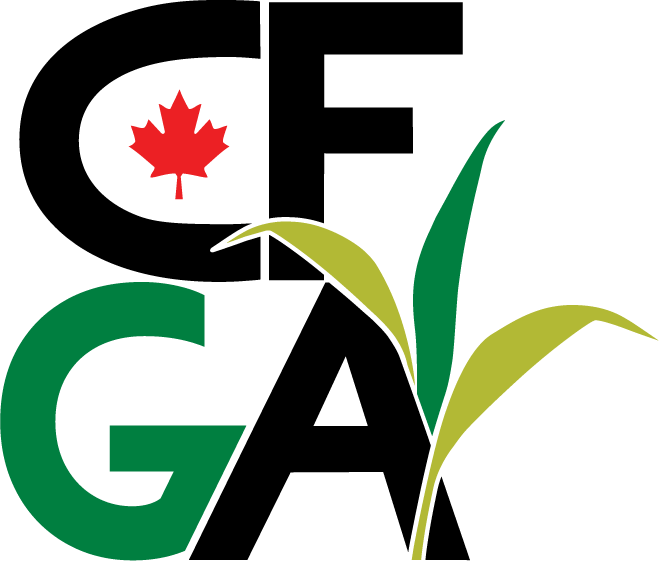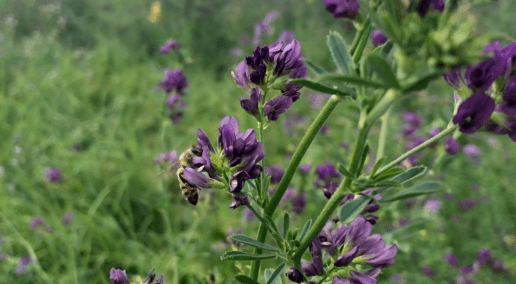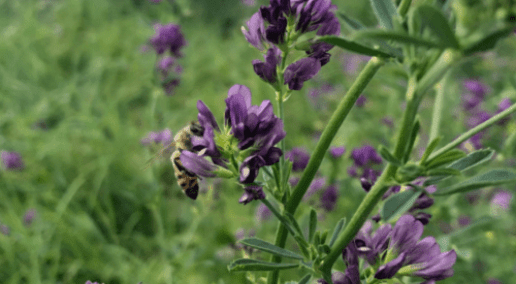Attendees heard from Dr. Lauchlan Fraser during the afternoon session on Nov. 29 at the Canadian Forage and Grassland Association’s 14th Annual Conference in Harrison Hot Springs, B.C. Dr. Fraser, from Thompson Rivers University, presented his research from five projects on rangeland management in British Columbia.
1) The effects of climate change on native rangelands in Lac du Bois Provincial Park, BC.
To test for climate change effects, the research team measured plant biomass and species richness under experimental treatments of increased temperatures, reduced water content in soils, and clipping (grazing). This study site was in a protected area of semi-arid grasslands.
Results showed that increasing temperatures reduced biomass in the lower grasslands (blue bunch wheat grass and sage dominant) and middle grasslands (transition zone), but not the upper grasslands (fescue dominant). This suggests that higher productivity systems are more resistant and resilient to warming effects. Warming reduced species richness in the middle grassland, while clipping increased species richness. This indicates that forage availability will decrease in the middle grassland by approximately one Animal Unit Month (AUM) at increased temperatures of 1.5 degrees C.
Interestingly, when soil water was reduced, there was an increase in biomass in the lower and middle grasslands. This could be because of the dominant blue bunch wheatgrass’s ability to increase its stomata density and root growth during droughts. Clipping caused reductions in biomass, but the differences were significantly less in the upper grasslands when compared to lower and middle grasslands, due to higher productivity.
2) Grazing and hay management effects on plant productivity, diversity and carbon sequestration.
This study focused on how changes in grazing and mowing intensity affect forage production and soil organic carbon (SOC) sequestration.
The mowing intensity study measured biomass (productivity) for different mowed stubble heights. Maximum biomass occurred at zero-to-ten-centimeter cuts, which showed significantly better productivity than longer stubble heights. Total carbon and Soil Organic Matter (SOM) were also highest when stubble measured ten centimeters. This data suggests that the optimal stubble height was ten centimeters.
In the grazing intensity study, they compared extensive and intensive grazing systems in terms of soil carbon. Findings showed that intensive grazing had higher total carbon and organic carbon in the top 15 centimeters when compared to the extensive grazing system.
Check out BC’s Management-Intensive Grazing publication here.
3) A pasture rejuvenation study
Woody encroachments on pastures are a threat to BC forage supply. Preliminary results show that grazing is quite effective to reduce woody encroachments on pasture, while providing good forage.
4) A silvopasture study update
Lands that were previously commercially thinned for lodgepole pine are used for silvopasturing cattle in thin strips. This study is investigating the effect of the width of forage strips on forage production and soil carbon. Results showed that forage and soil carbon in strips wider than 20 meters were better than in narrower strips.
5) BC Living Labs: Cows and Forage
This project is studying best management practices to extend the grazing season, with a special focus on soil carbon sequestration. This study shows that letting cattle graze on corn stalks in the fall extends the season with reduced feed costs.
For more information on the BC Living Lab, visit https://bclivinglab.ca/
In summary, climate change is affecting grassland ecosystems everywhere. By implementing an intensive grazing system, we can influence soil carbon sequestration in grasslands, thereby mitigating rising atmospheric carbon dioxide. Grazing can also be an effective management practice for the control of woody encroachments, which threaten BC’s forage supply. Implementing silvopastures can lead to both increases in forage opportunities as well as short-term timber supply. And finally, producers should consider the potential to extend their grazing season by allowing fall grazing on corn stalks.
To read more about the CFGA’s 2023 Conference, check out the Conference Agenda.
For more information, email [email protected]
Back to Most Recent



Leave a Comment